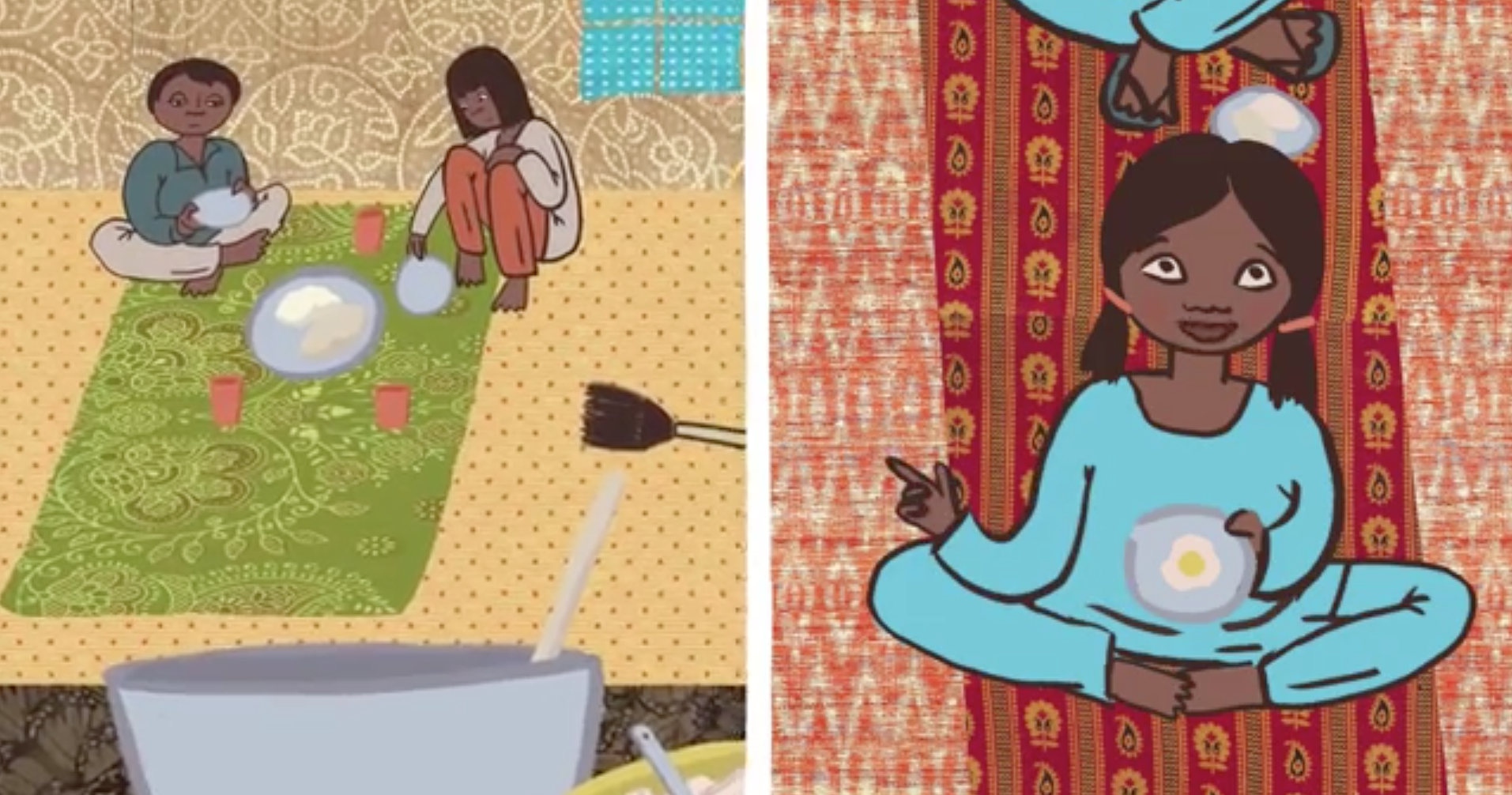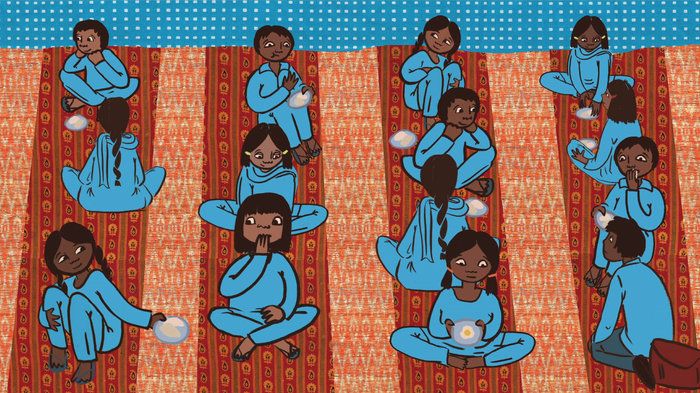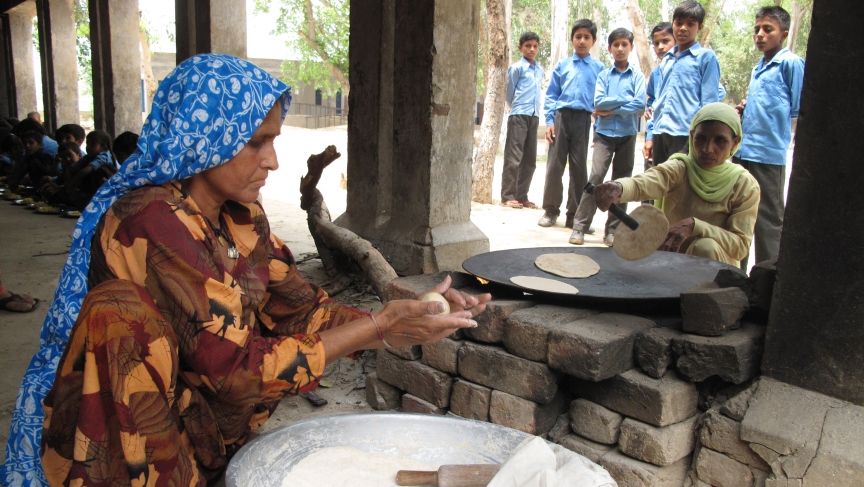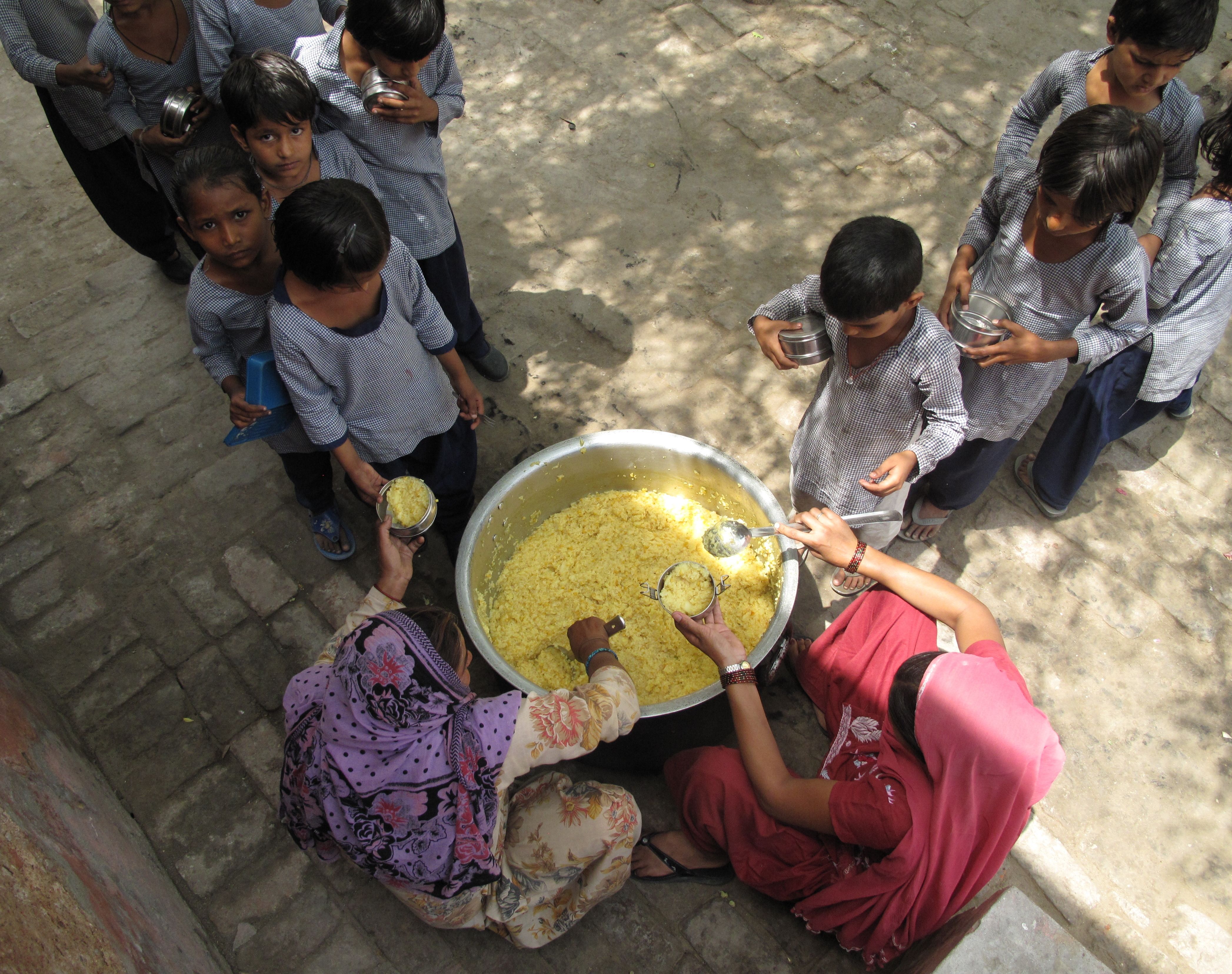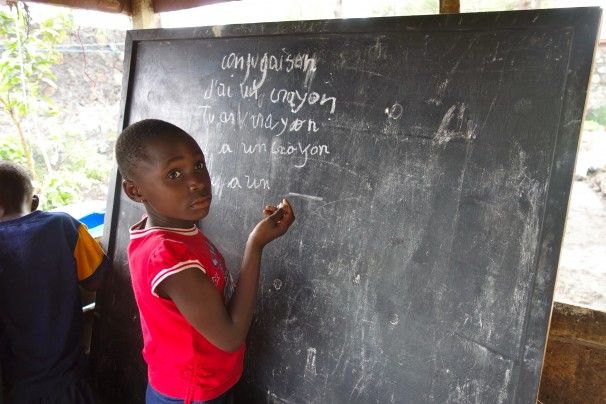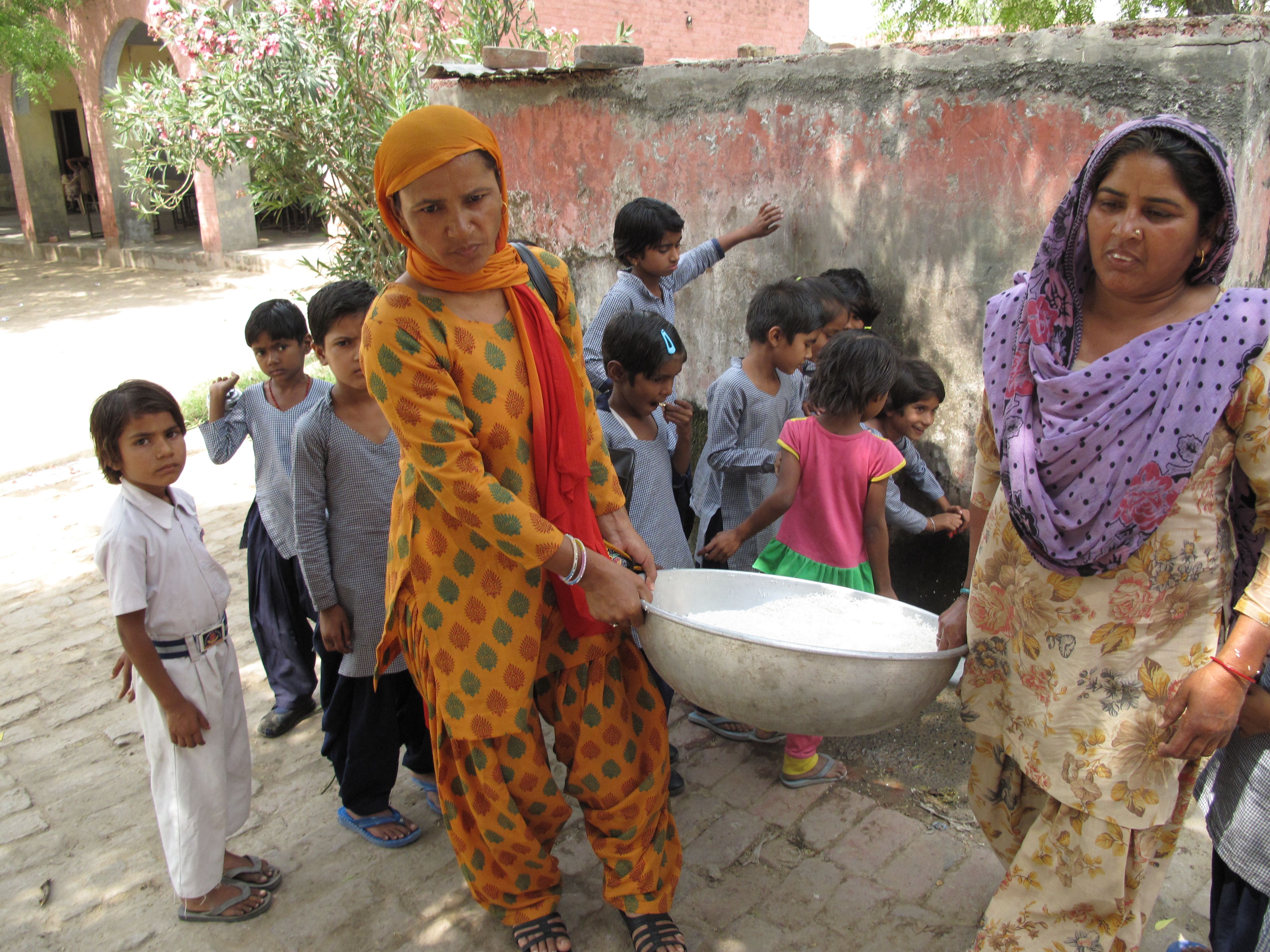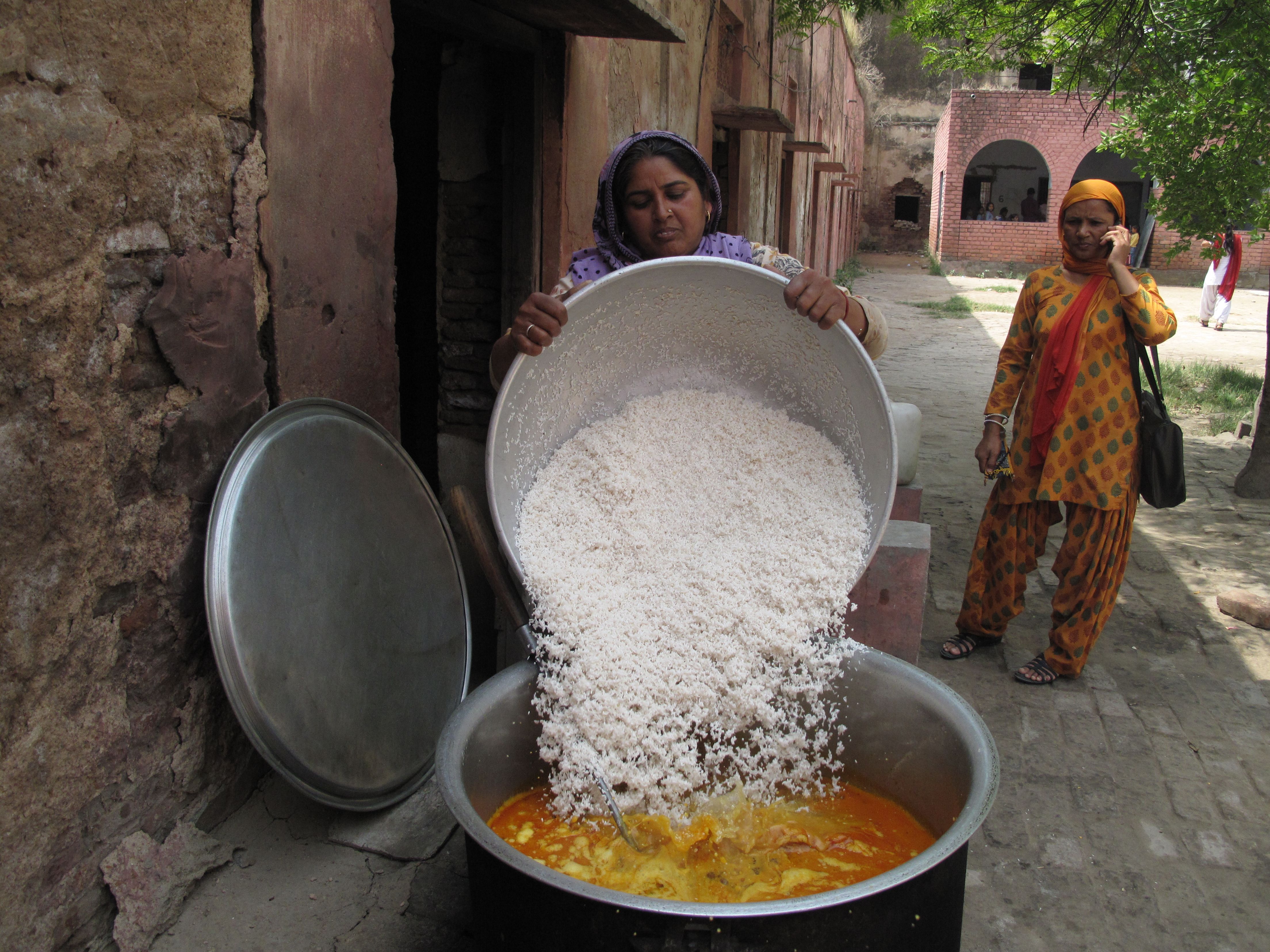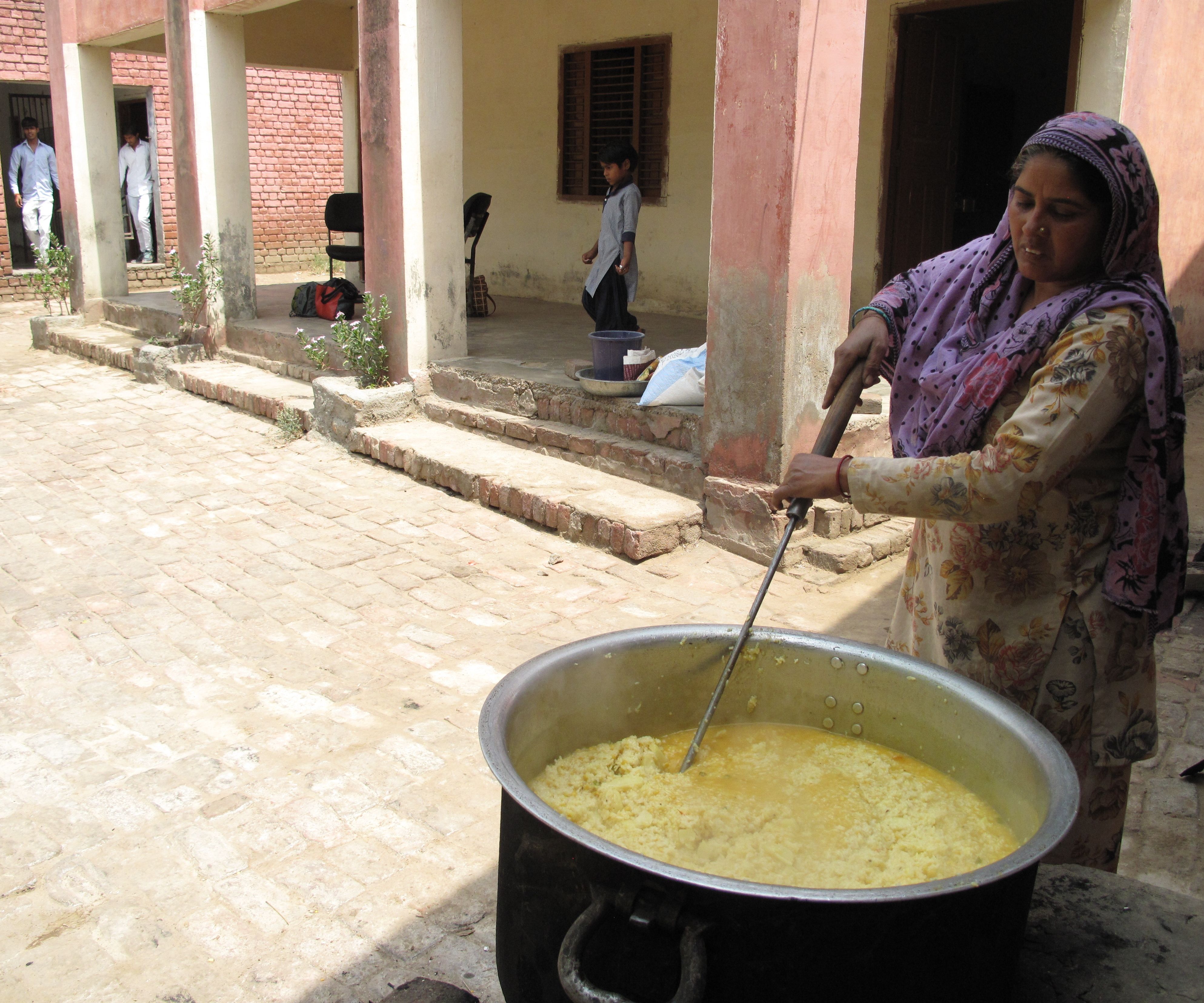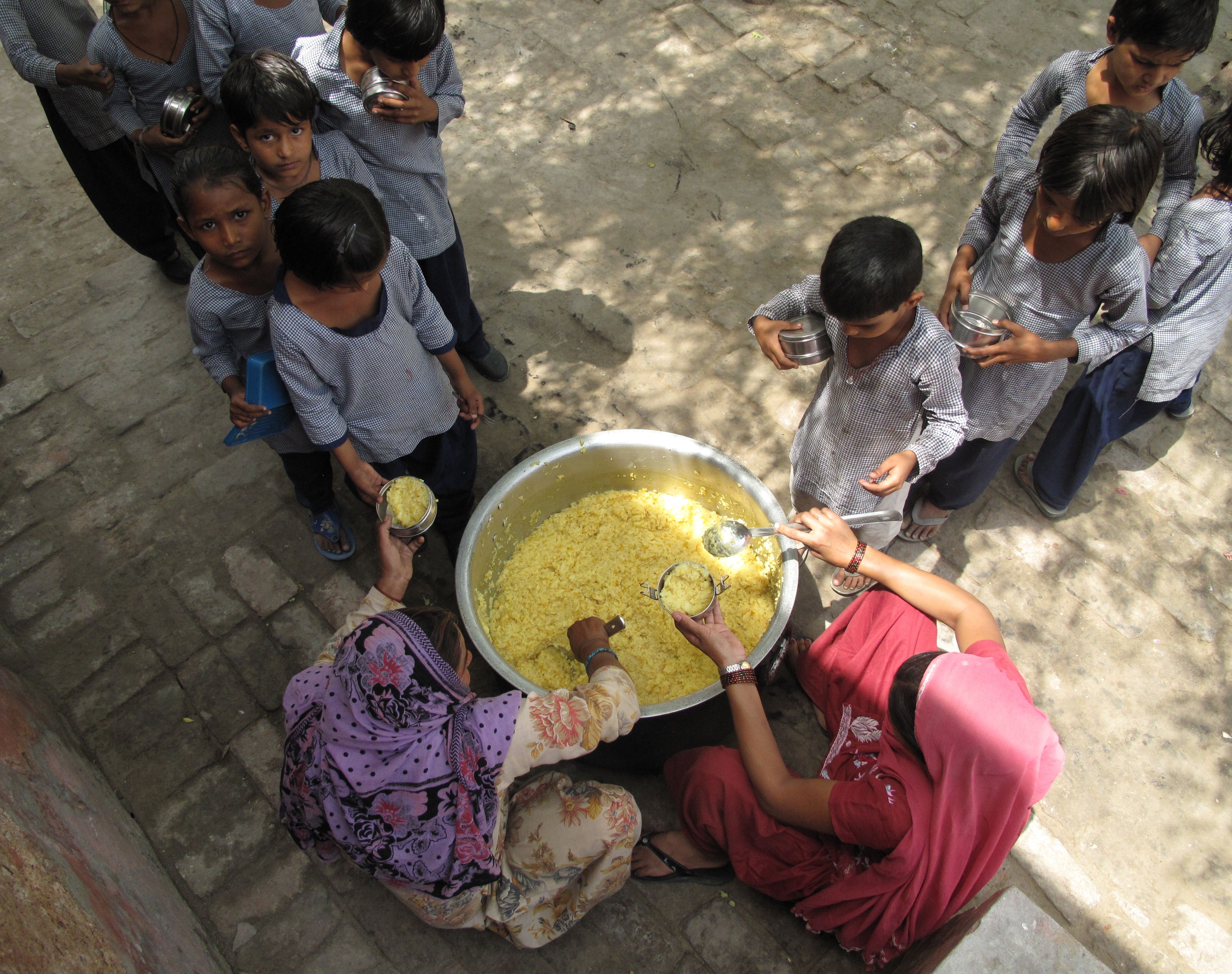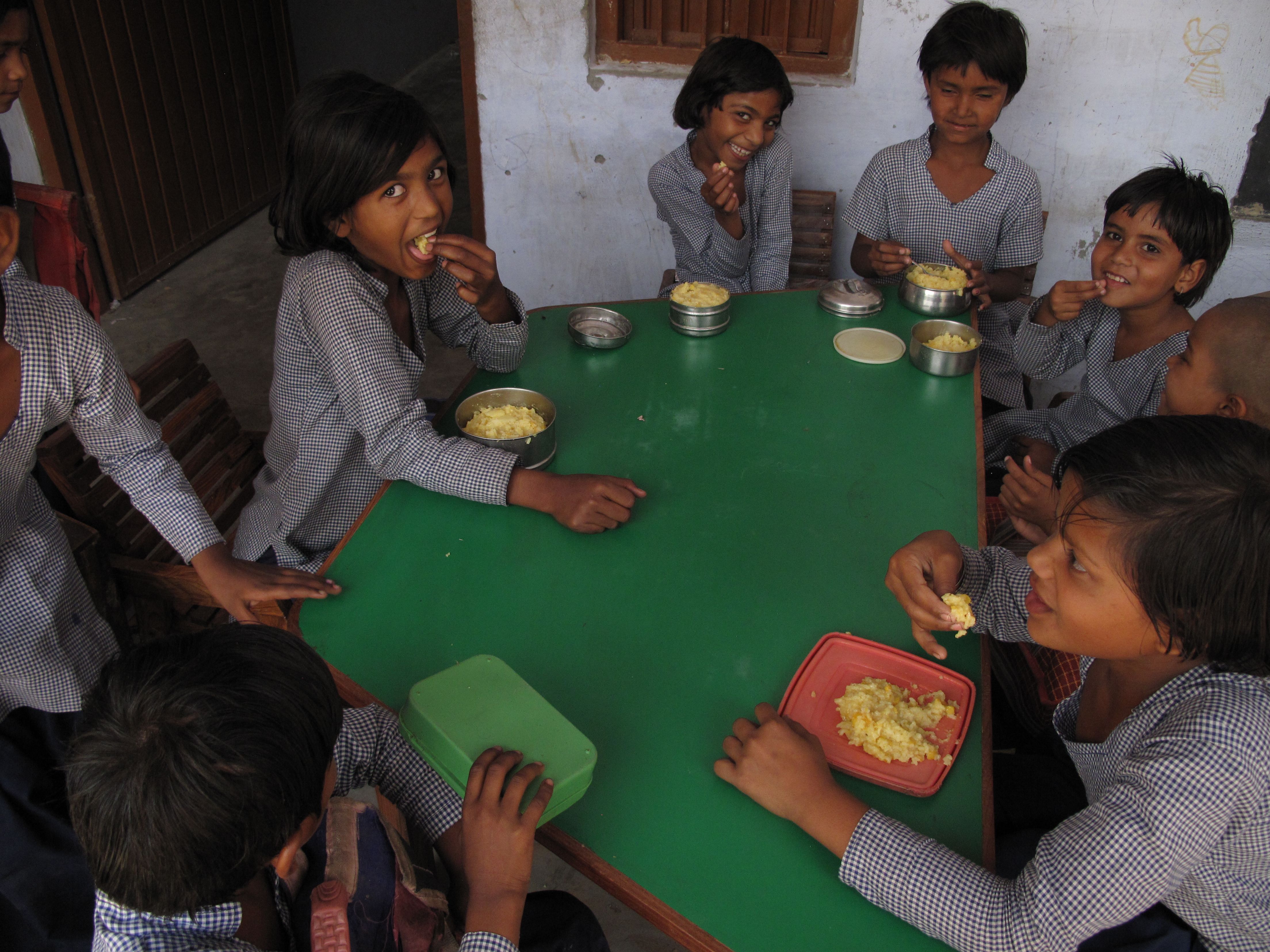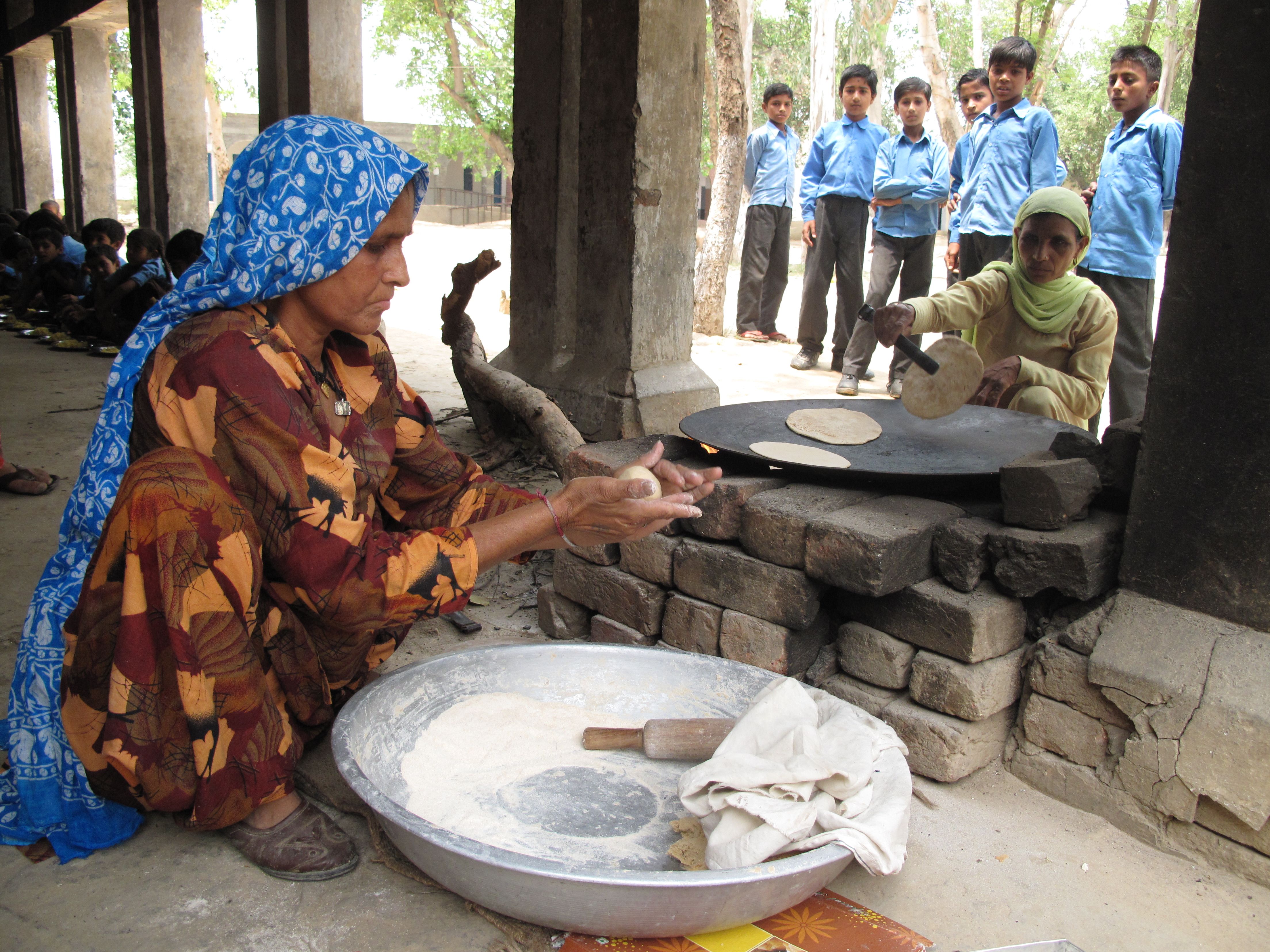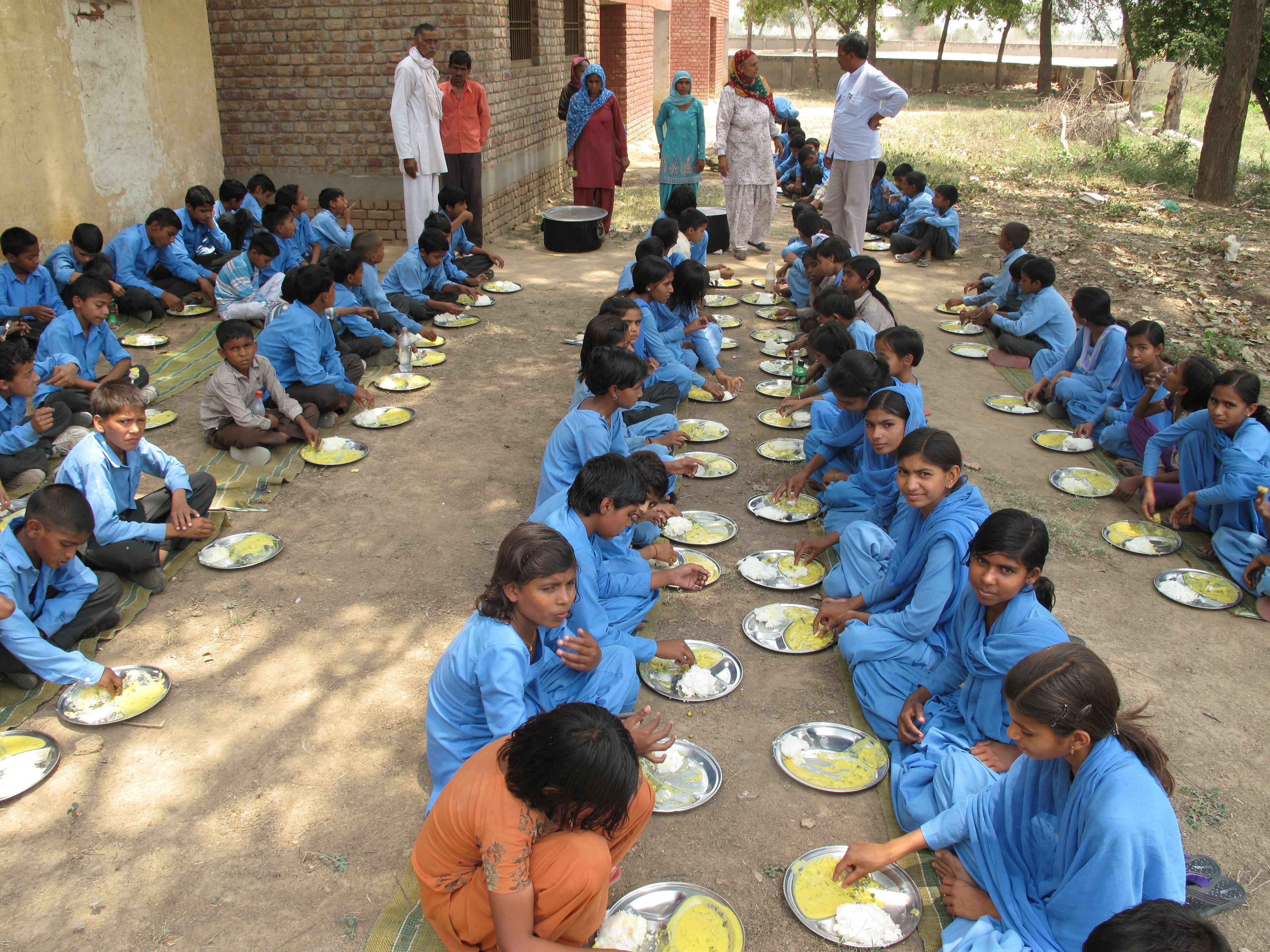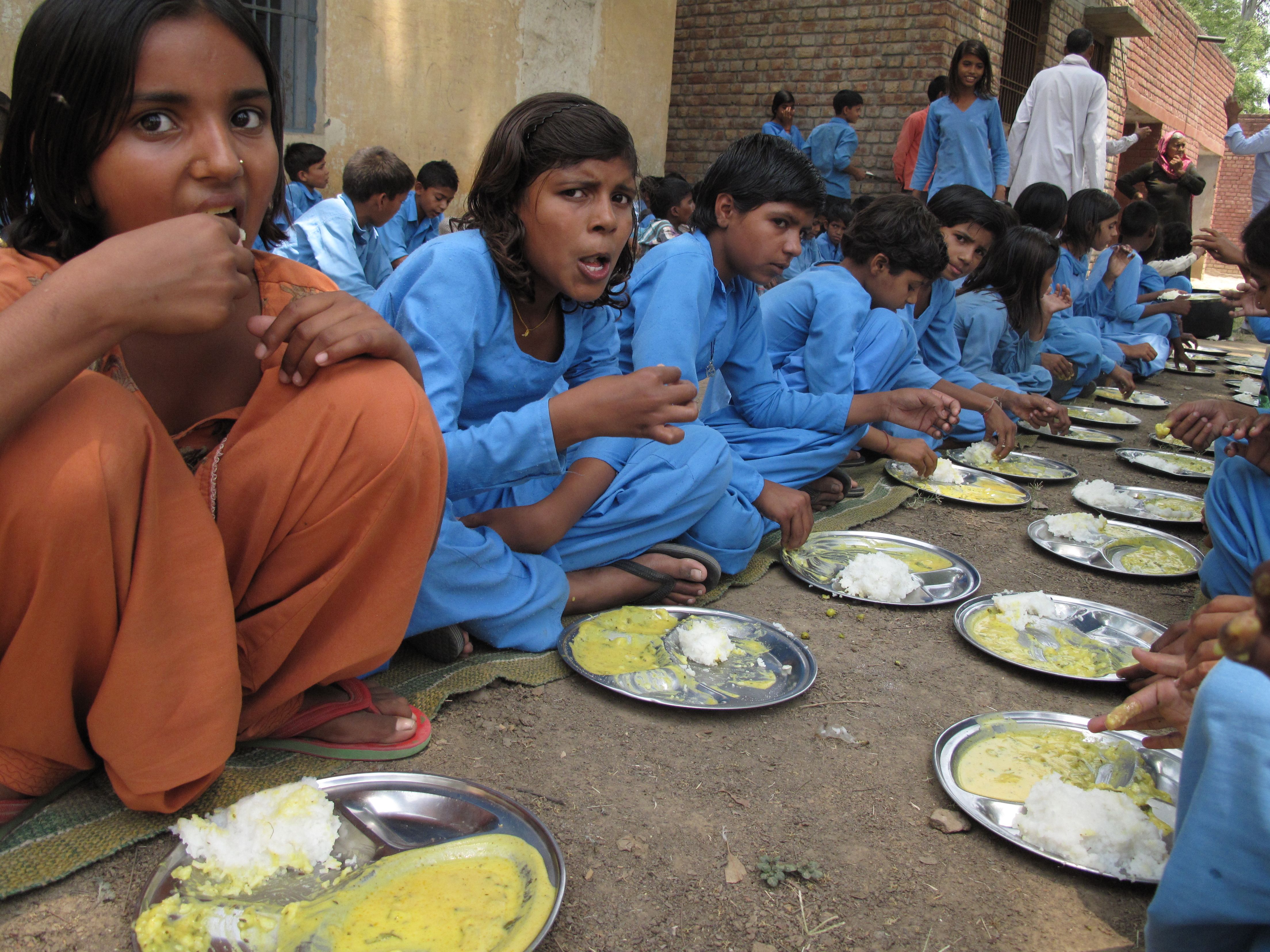This lesson is written as a series of notes for the facilitator.
In this lesson, students will explore controversy about India's midday meal program and consider how school lunches around the world compare to their own experiences.
Warm-up:
Ask students to outline a typical lunchroom at their school - drawings preferably.
Have students predict what a lunchroom in another country might look like.
Introducing the Lesson:
Watch Resource 1 together as a class going through a “I Noticed… I wonder… What If?” activity.
Resource 1: Power Lunch: India's Mid-day Meal Program
As you watch the video, write down:
- Three things that you noticed
- Three things that you wonder
- Three ‘what if’ statements.
Discuss with partners, then as a whole group.
Students work through Resources 2-4 independently, collecting the information outlined in the articles.
Resource 2: A Free Meal: Inside India's School Lunch Program
- Describe the challenges that the midday meal program faces.
- Describe the reporter’s experience of visiting a school and community to discuss the midday meal program.
Resource 3: India's Free School Lunches Can Fight — or Reinforce — Caste Discrimination in India
- What is the caste system?
- How does the lingering effect of the caste system impact the midday meal program?
- In the most challenging locations, how are dalit children treated in the midday meal program?
Resources 4: India: Here’s Why Kids—and Parents—Love the Country's School Lunch Program
- Describe what a normal morning meal is like in your life.
- Compare and contrast the evening meal that you experience with the one described by Mohit.
- Why is India unsure about the impact of the midday meal on overall child health?
- What was one way that India knew that its program was effective?
- Which students have begun to attend school more regularly after the start of the midday meal program?
Ask students to read "In far-away Congo, a girl’s life is focused on school and family" and then complete a Venn diagram graphic organizer that compares and contrasts the experience of a typical child in India, the child in this article, and the individual student’s experience.
Extensions:
- Students create a PSA style video/cartoon/audio clip about how important child nutrition is to their education.
- Students write a letter to the editor explaining an opinion they formed after reading these resources.
- Students consider patterns they see in these photos of different lunches from around the world.
